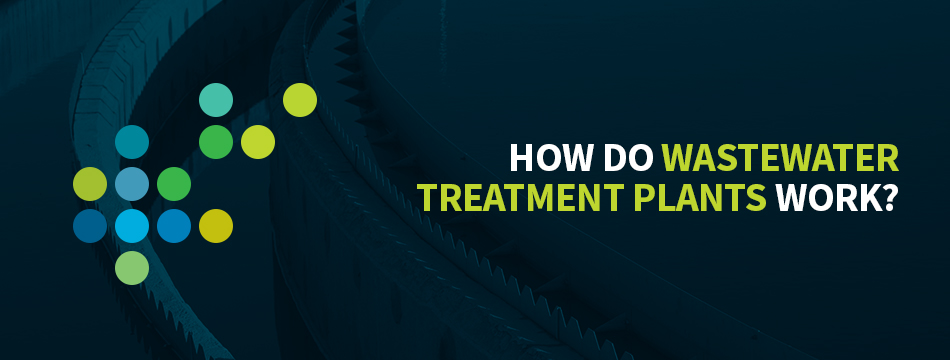Contact Us Today
IFAS Wastewater Treatment Systems
The right system can improve the treatment capacity of activated sludge treatment systems operating at or above capacity. Adding an integrated fixed film activated sludge system (or IFAS) can enhance the capacity and efficiency of an activated sludge system by taking advantage of existing wastewater treatment technology and boosting it with biological treatment methods. IFAS wastewater treatment systems provide a variety of benefits to plants using activated sludge treatment systems, and it’s relatively easy to install an IFAS system at a treatment plant.
Design
At a glance, IFAS systems can seem somewhat similar to moving bed biofilm reactor (or MBBR) processes — both processes use biofilm growth to help remove organic materials from waste streams, but there are a few key differences between the two.
In an MBBR system, a biofilm carrier, typically made of plastic or fabric, gets mixed in an aeration tank with water. The bacteria that accumulate on the biofilm will then break down the organics in the waste stream and convert them to biomass, which can be extracted from the waste stream later in the treatment process. This treatment method provides a few different advantages for wastewater treatment plants — primarily increased treatment capacity at an economical price without much of a footprint.
IFAS systems do things a bit differently. With IFAS, the biofilm carriers are instead mixed in an activated sludge basin or combination of activated sludge and water, rather than water alone. Activated sludge that has already passed through the reaction tank is also recirculated in IFAS systems. These IFAS systems are often retrofitted onto existing activated sludge systems to take advantage of existing treatment infrastructure and upgrade conventional activated sludge systems with tech similar to what’s used in MBBR systems.
Like MBBR systems, these IFAS upgrades can significantly improve treatment capacity without requiring much extra space — part of why they’re so effective at upgrading existing wastewater treatment systems. Also like MBBR systems, IFAS systems are commonly used for BOD removal, nitrification, denitrification and full Biological Nutrient Removal.
IFAS systems often have very high BOD and TSS removal rates — as high as 98.2% and 97.1%, respectively — making these systems a highly effective means of wastewater treatment.
Installation
Companies interested in installing an IFAS treatment system at their wastewater treatment plants or requiring help with installation can turn to SSI Aeration. SSI Aeration is an experienced IFAS wastewater system company that can meet a variety of IFAS wastewater system needs.
SSI Aeration offers a wide range of products and has a fully staffed engineering department to help meet environmental standards or improve plants’ treatment efficiencies. IFAS systems are also one of SSI’s specialties, meaning SSI has the experience to help ensure a successful installation. Contact SSI for an IFAS wastewater system quote or to start working with a team of talented professionals to upgrade systems at a wastewater plant.
Contact Us
Tube Diffusers
FINE BUBBLE TUBE DIFFUSER – SSI Aeration’s Fine Bubble Tube Diffuser and advanced membrane materials offer outstanding resistance to chemicals and fouling, in addition to the highest oxygen transfer […]

Retrofit Membranes for Aeration Diffusers
SSI Aeration, Inc. makes industry standard diffuser membrane retrofitting simple. Our patented products have compatibility with most wastewater systems across the globe for customer convenience. SSI makes retrofitting disc […]

Aeration Bubble Pattern Image Analyzer
Quite a lot, actually…. If you are having problems with your aeration basin, you want tips on how to deal with an abnormal […]

How Do Wastewater Treatment Plants Work?
Wastewater treatment is vital for healthy communities and ecosystems. It provides clean, healthful water for industrial and municipal use, cuts down on disease transmission, and helps ensure a green, […]







